Thought you fixed your website’s search visibility issues by focusing on Information Architecture. While IA is crucial, there’s another layer that impacts how well search engines truly understand your content: Semantic HTML. It involves using HTML tags that convey meaning, not just visual style.
Why Semantic HTML Matters for SEO
Think of semantic HTML as adding depth to the beautiful design of your website. It provides search engines with a detailed map of your content’s purpose and structure, Here’s where this makes a difference:
- Higher Rankings: Semantic HTML elevates your blog posts in the sight of search engine crawlers. Improved content understanding leads to more relevant search appearances and the potential for better rankings.
- Enhanced Visibility: Semantic markup helps you become eligible for special search features like recipe cards or product listings.
- Improved User Experience: Semantic structure aids accessibility (screen readers) and creates a more organised site for sighted visitors too.
Semantic markup is about your choice in how you code your website. By using the right HTML elements in the right places, you create a website that’s easier for search engines (and real users!) to navigate and understand.
Key Semantic HTML Tags and Their SEO Impact

While there are many semantic HTML tags, let’s zero in on those with the most significant impact on your website’s search visibility:
- Header Tags (H1-H6): These tags establish a clear hierarchy for your content. Think of them as the chapter headings and subheadings within your page. The H1 tag is the most important, typically used for your main page title. Search engines pay close attention to these tags to understand the key topics and your content arrangement.
- Paragraph Tag (<p>): Don’t underestimate this simple tag! Using <p> to clearly define blocks of text helps search engines distinguish between sections of content, improving readability and understanding.
- Navigation Elements (<nav>, <ul>, <li>): These tags clearly define your website’s navigation menus (both for users and search engines). Semantic navigation markup allows search engine crawlers to easily follow all the important links on your site, ensuring all content is discoverable.
- Semantic Content Divisions (<header>, <main>, <article>, <section>, <aside>, <footer>): These tags logically group different areas of your page and signal the relationships between them. For example, <header> is typically used for your website’s top header section, <main> to enclose the primary content area, and <footer> for the bottom section of your site.
Best Practices for Semantic Markup

Let’s turn knowledge into action. Here are some key principles to guide your semantic HTML choices:
- The One True H1: Reserve your H1 tag exclusively for the main title/topic of each page. This signals the primary focus to search engines.
- Header Nesting: Ensure headers follow a logical hierarchy (H2 under H1, H3 under H2, etc.). Think of it like an outline for your content.
- Lists That Make Sense: Use ordered lists (<ol>) when the sequence of items is important (step-by-step instructions) and unordered lists (<ul>) for items where order doesn’t matter (like a navigation menu).
- Descriptive Image Alt Text: Always include the alt attribute within image tags (<img>). Describe the image’s content, as this aids both accessibility and helps search engines understand the image’s relevance in the context of your page.
- Tools: To make sure your code is on point, you can use the W3C Markup Validation Service: (https://validator.w3.org/)by pasting your website’s code or URL to identify potential issues with your semantic markup. You can also use the Web Developer Tools in browsers. Most browsers allow you to “Inspect” elements on a page and see the underlying HTML structure.
Semantic HTML for Rich Snippets
Semantic markup and structured data formats like schema.org, can make your website stand out in search results. It can
- Boost your Ratings: Service or product-specific markup can make your page eligible for listings with star ratings and image previews.
- Product Listings with Prices: Enhance your e-commerce product pages to display directly within search results.
- Event Announcements: Help users easily find events with dates, times, and location details right in the search results.
Conclusion
Semantic HTML for SEO might not be as visually flashy as styling with CSS, but it’s a foundational superpower for web designers in the quest for SEO success. Search engines increasingly rely on semantic cues to interpret your website’s content and relevance. By making semantic markup a core design principle, you create websites that are truly understood and appreciated by both humans and the algorithms that guide them.
Need Help Optimising Your Website?
If you want to ensure your website is built with a strong semantic foundation, our team at Edens Digital is here to help. We specialise in SEO-friendly web design and can provide audits, recommendations, and development services to improve your website’s search visibility and user experience. Contact us today for a consultation!





